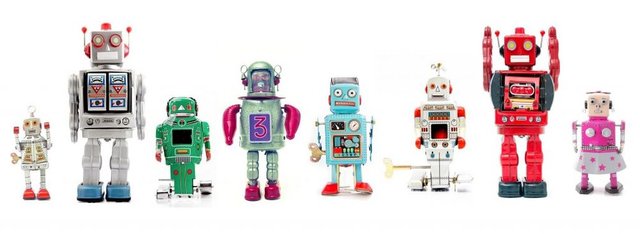
This article was initially published in February 2019 and was updated in June 2020.
Companies worldwide have been implementing robotic process automation in their HR departments to save up to 40% of the time, and allow employees to focus on more valuable, human-centric tasks.
UiPath reports obtaining 10 times faster employee onboarding and seeing ROI on payroll automation in 4 months through human resources (HR) automation.
According to a report from Deloitte, almost half the executives of top HR firms all over the world report that RPA deployment results in 10–20% savings not only for the HR processes but more generally, for the overall business processes.
Benefits from automating common HR processes through RPA include:
- simpler payroll
- more efficient employee onboarding
- improved career growth and learning opportunities
- streamlined talent acquisition
- enhanced employee experience
- performance management
- augmenting the workforce
- bridging incompatible applications and platforms
Last year we wrote about the changing global labour market and the role that automation could play in helping businesses to better deal with the challenges that it brings. The human relations departments are the first ones faced with the workforce-related effects of the “demographic earthquake”, i.e., the sharp decrease in labour force.
This comes on top of typical HR tasks, like adequately managing the needs of the current workforce, maintenance of company culture, managing employee disputes, recruiting the right people to fill personnel gaps, report preparation, etc. The responsibilities of the HR staff are on the rise, so they might really benefit from digital assistance.
In what follows, we’ll try to make this claim more specific and hence, better able to meet concrete demands. In accordance with the CiGen practically oriented philosophy, we approach the question How can RPA ease the burden on the shoulders of HR employees?, by reviewing some real world use cases for robotic process automation in HR.
‘Automation’ here may refer to both HR software and robotic process automation. Use of new software involves, on top of considerable costs, the necessity to learn about, and get used to the particular details and nuances of unfamiliar procedures, and possible compatibility issues with the legacy systems.
We’ll focus on highlighting the benefits of RPA in HR. It can streamline processes like recruitment, onboarding and offboarding, data management, compliance, payroll administration, etc. Equally important is the fact that automation frees people working in HR departments to focus on the use of their communication skills for proactive hiring, supporting the development of company culture, and other value-added activities.
Its advantages thus go beyond financial ones and corroborate the humanist outcome of RPA deployment, the fact that technology makes people really matter.
Use cases for robotic process automation (RPA) in HR
1. Resume screening and candidate shortlisting
Nowadays you no longer need to ask your employees to spend a lot of time going through many resumes and application forms received for open positions. Software robots can easily gather all the files and compare the information with the list of job requirements.
These requirements can be viewed as predefined rules which guide the selection procedure. The best candidates will then be notified and called for interviews, while those who don’t match the rules can be sent rejection notifications.
2. Offer letter administration
The content of offer letters must comply with different sets of regulations (company, law, etc.), and also, they must be well-tailored to the particular selected candidate. These regulations are normally stored in various systems and databases, which makes manual verification and cross-checking not only time consuming, but also prone to error.
Software robots, on the other hand, can quickly gather all the needed information, create the offer letter, send it, and eventually monitor the appropriateness of returned documents.